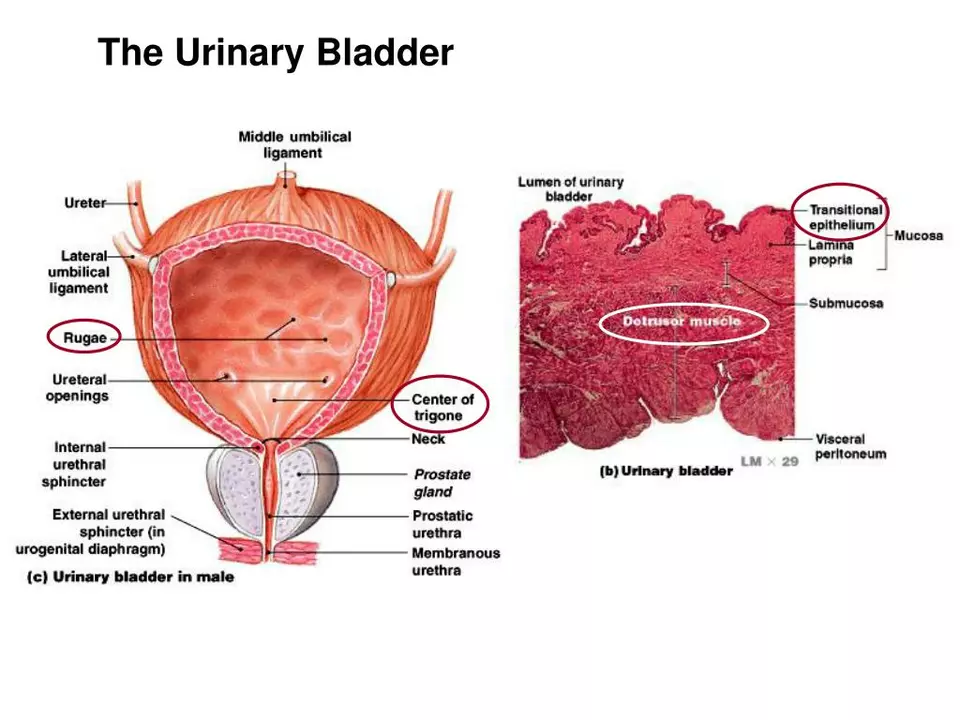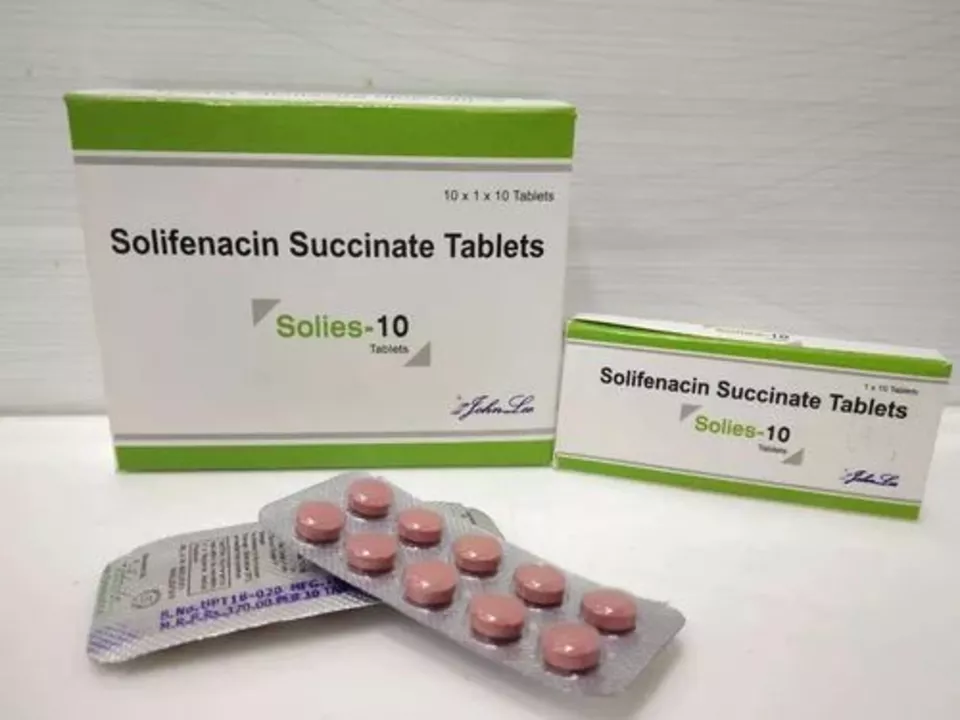Overactive bladder: what it looks like and what you can do
Waking up at night to pee, rushing to the bathroom, or leaking when you can't hold it — that's overactive bladder (OAB). About 30% of older adults notice these symptoms, but OAB can affect younger people too. The good news: many cases improve with simple habits, exercises, and safe treatments.
OAB is a set of symptoms, not one single disease. The main signs are a sudden, strong urge to urinate, going more often than usual, waking at night to pee (nocturia), and sometimes urgency incontinence — leaking before you reach the toilet. If these symptoms disrupt sleep, work, or confidence, it's worth taking action.
Simple self-care and exercises
Start with changes you can do today. Keep a bladder diary for 3 days: note when you drink, when you pee, and any leaks. That tells you if fluids, caffeine, or timing are the problem. Cut back on caffeine and alcohol — both irritate the bladder. Spread fluids across the day and avoid drinking large amounts right before bed.
Bladder training works. When you get an urge, try delaying by 10–15 minutes at first, then build up. Use timed voiding: go to the bathroom every 2–3 hours even if you don't feel the urge, then gradually increase the gap. These techniques retrain the bladder to hold more urine comfortably.
Pelvic floor exercises (Kegels) help many people. Sit or lie down, tighten the muscles you use to stop urine, hold for 3–5 seconds, then relax for 5 seconds. Repeat 10–15 times, three times a day. If you're not sure you're doing them right, a pelvic floor therapist can help.
Medicines and medical options
If behavior changes aren't enough, medications can reduce urgency and leaks. Two common types are antimuscarinics (oxybutynin, tolterodine) and mirabegron (a beta-3 agonist). Antimuscarinics can cause dry mouth, constipation, and blurred vision; mirabegron can raise blood pressure in some people. Always tell your provider about other meds, heart issues, or narrow-angle glaucoma before starting treatment.
For persistent OAB, other treatments include onabotulinumtoxinA (Botox) injections into the bladder and neuromodulation (a small device that changes nerve signals). These are done by specialists and can work when pills don't.
Want safe medicines or more info? Secure-Tab's Pharma Store lists reliable resources and follows a safe-shop policy to help you find legitimate options. Still, talk with a healthcare provider before starting any drug or procedure — they can match treatment to your health and reduce risks.
Small changes often make a big difference. Track your symptoms, try bladder training and Kegels, cut back on bladder irritants, and reach out to a clinician if issues persist or worsen.
How to talk to your doctor about Solifenacin and overactive bladder
As someone dealing with an overactive bladder, I know how important it is to have open communication with my doctor. Before my appointment, I plan to research Solifenacin to understand how it might help me. I'll make a list of questions and concerns I have about the medication, such as potential side effects and how it may interact with other medications I'm taking. During my appointment, I'll be honest about my symptoms and discuss my findings with my doctor, making sure to address all my concerns. Together, we'll decide if Solifenacin is the right treatment option for my overactive bladder.
read moreHow to talk to your doctor about Solifenacin and overactive bladder
In my recent quest to manage my overactive bladder, I've discovered Solifenacin as a potential solution. To discuss this option with my doctor, I plan on mentioning my symptoms, my research on Solifenacin, and my concerns about side effects. I'll also ask about possible alternatives and my doctor's experience with prescribing Solifenacin to other patients. By being open and honest about my needs and concerns, I hope to have a productive conversation with my doctor and find the best solution for managing my overactive bladder.
read more
